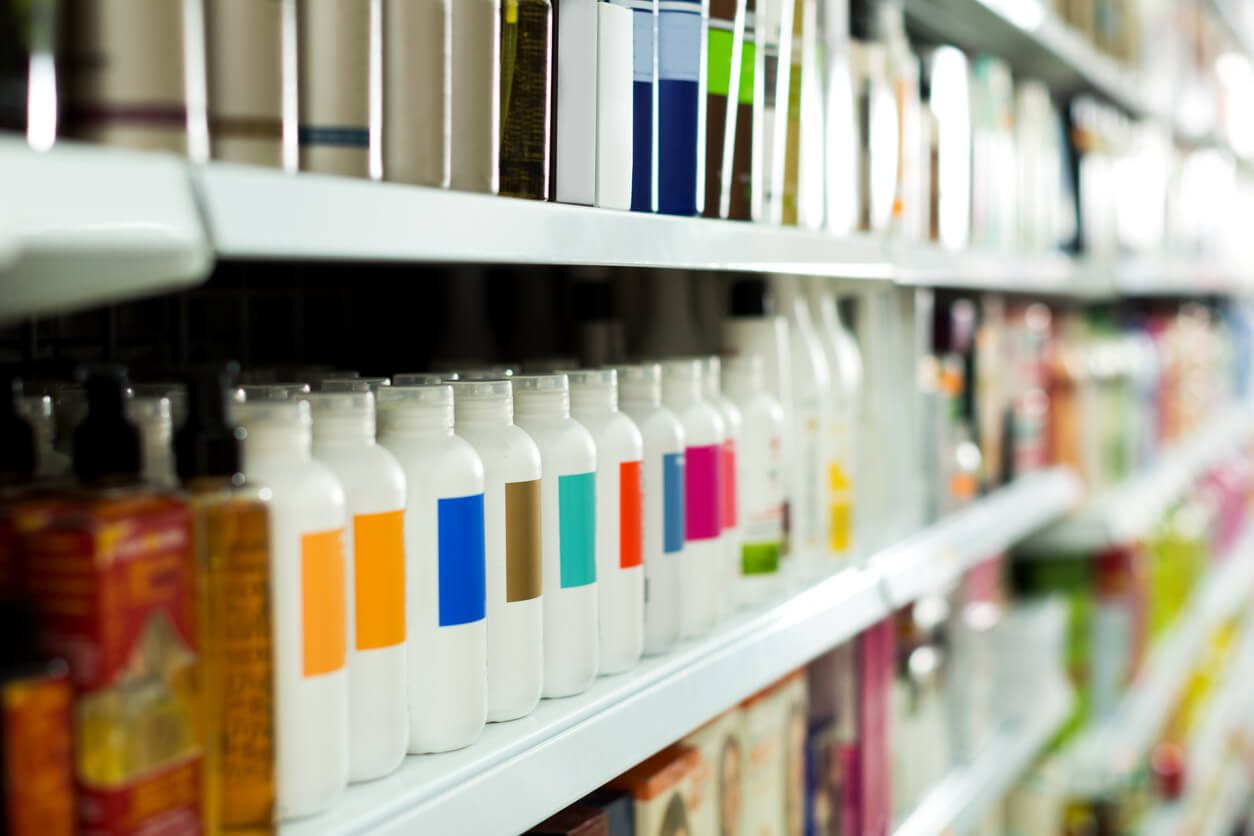‘Everywhere Chemicals’ in Shampoo, Makeup Linked to Early Death
Editors carefully fact-check all Consumer Notice, LLC content for accuracy and quality.
Consumer Notice, LLC has a stringent fact-checking process. It starts with our strict sourcing guidelines.
We only gather information from credible sources. This includes peer-reviewed medical journals, reputable media outlets, government reports, court records and interviews with qualified experts.

Exposure to common chemicals used in makeup, shampoo, food storage containers and some children’s toys has been linked to premature death, according to a new study.
Researchers linked the class of chemicals called phthalates to early death, especially from cardiovascular disease, in about 91,000 to 107,000 American adults between the ages of 55 and 64. The study was published in October in the peer-reviewed journal Environmental Pollution.
Phthalates are human-made chemicals most often used to make plastics more flexible and help fragrances last longer. This makes them popular for use in personal care products, food containers and even children’s toys.
They are often nicknamed the “everywhere chemical” because of their widespread use in consumer products.
Like another class of toxic chemicals called perfluoroalkyl and polyfluoroalkyl substances (PFAS), phthalates are endocrine disruptors and can interfere with hormone function. Hormone disruption can lead to reproductive, brain and immune system problems, according to the National Institute of Environmental Health Sciences.
In addition to heart problems, a few studies have linked phthalate exposure to an increased risk of diabetes and obesity.
“In a nationally representative sample, phthalate exposures were associated with all-cause and cardiovascular mortality, with societal costs approximating $39 billion/year or more,” study authors wrote. “While further studies are needed to corroborate observations and identify mechanisms, regulatory action is urgently needed.”
![]()
Who Is Most at Risk of Phthalate Exposure?
Phthalates can enter the body through ingestion, skin absorption, inhalation and intravenous injection. Young children under the age of 3 are especially vulnerable to exposure because of their smaller body size.
Exposure to the chemical is “widespread in the U.S. population,” according to the CDC. Results of the agency’s urine test studies indicate adult women tend to have more phthalates in their bodies than men because women are more likely to use personal care products that contain the chemicals such as soaps, shampoos, makeup and body washes.
There hasn’t been much regulation of phthalates in consumer products, and studies on the health effects of these chemicals is also lacking. Some experts feel phthalates should be restricted or banned.
“In 2017, the Consumer Product Safety Commission banned the use of eight ortho-phthalates in children’s toys and child-care articles. But in terms of their use in vinyl plastics and personal care products, there’s currently no specific legislation by other governmental agencies. Manufacturers’ decisions to reduce or eliminate the use of phthalates in these other products is largely voluntary,” Russ Hauser, Frederick Lee Hisaw Professor of Reproductive Physiology and professor of environmental and occupational epidemiology, told Harvard.
Identifying Phthalates in Products Can be Difficult
There is no easy way to tell if a product contains phthalates. But resources provided by the National Institute of Environmental Health Sciences say the best way to identify phthalates in products is to read the label.
The most widely used phthalate compounds and metabolites include:
- Butyl benzyl phthalate (LMW)
- Mono benzyl phthalate
- Di-n-butyl phthalate (LMW)
- Mono-n-butyl phthalate
- Mono-isobutyl phthalate (common phthalate added to nail polish)
- Di-(2-ethylhexyl) phthalate (HMW)
- Mono-(2-ethylhexyl) phthalate (phthalate added to polyvinyl chloride (PVC) to make products flexible)
- Diethyl phthalate (LMW)
- Monoethyl phthalate (typically used for fragrance in personal care products)
- Di-isononyll phthalate (HMW) (added to soften plastics for children’s toys and products)
- Di-n- hexyl phthalate
- Di-n-octyl phthalate (LMW)
Another way to recognize plastic containers that may contain phthalates is to look for the number “3” inside the recycling symbols molded into the products. Avoid products labeled “3” and V or PVC.
Even after reading labels, savvy consumers may have difficulty determining if phthalates are in products.
“Part of the reason we’re pushing for elimination is that it’s very hard for consumers to know what products ortho-phthalates are in — especially personal care products. If phthalates in the product are considered part of the scent formulation, they don’t need to be listed on the ingredient list, because scents are considered proprietary,” Hauser said.